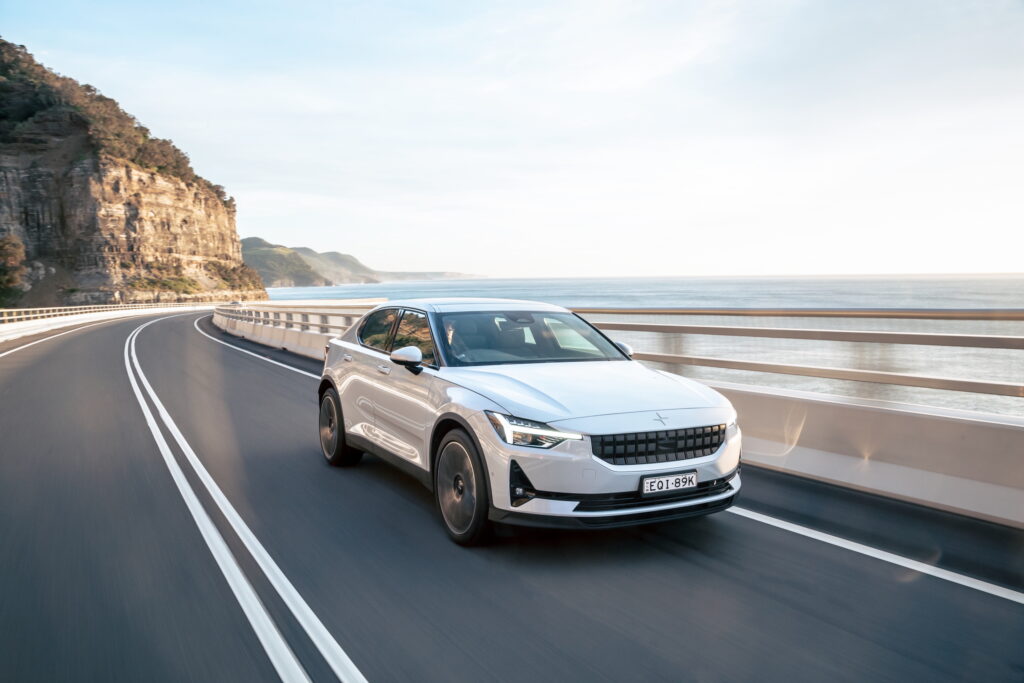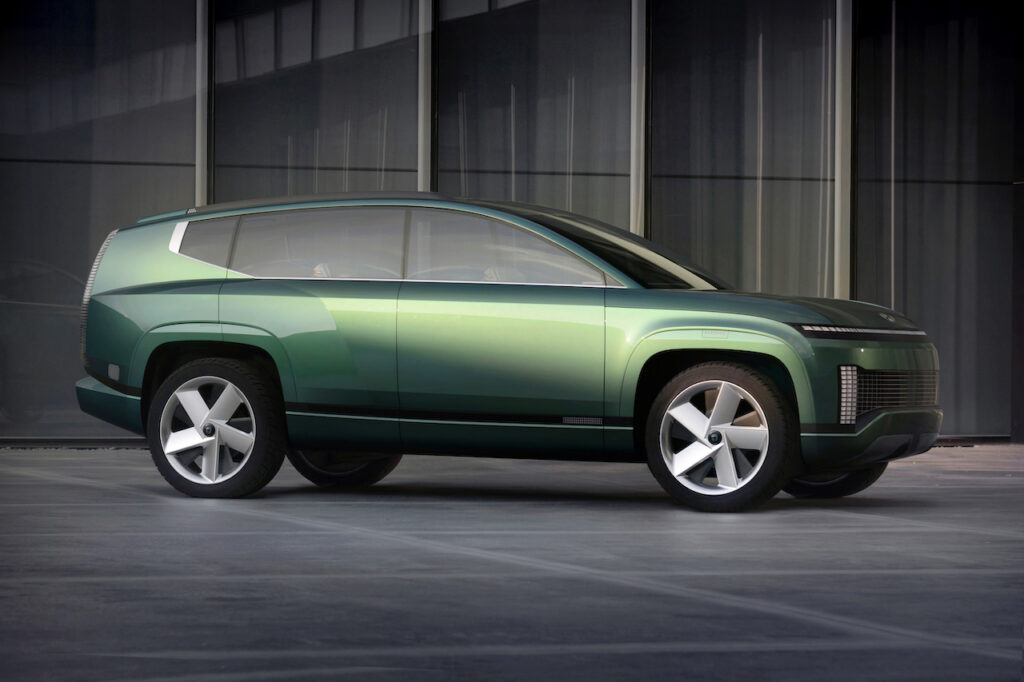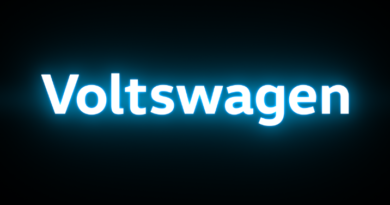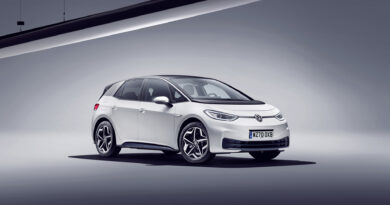Hyundai debates whether it will offer you the chance to power-up your EV
Hyundai is studying whether performance boosts for its battery electric models will be on offer when it introduces over the air update capability to its Australian range starting from the first half of 2023.
And while performance fans are no doubt saying ‘yes!’, the company itself seems less sure.
Hyundai’s telematics system and accompanying smartphone app are called Bluelink and the first phase started rolling out in the Palisade ICE SUV earlier this year.
Over the air updates and feature on demand become available with Bluelink when phase two appears from the second quarter of 2023.
All eligible Hyundais – essentially ones fitted standard with satellite-navigation – should have the system fitted by the end of 2023. But its the EVs where it has extra significance because of the ability to deliver OTA performance increases.

Fellow Hyundai Motor Group member Kia has already promised performance updates for EVs when its system, Kia Connect, reaches phase two around the middle of 2023.
As reported here, Kia Connect was launched in Australia in the second generation Niro compact battery electric hatchback just months ago.
EV specialists Tesla and Polestar are already offering their customers the chance to buy over the air performance updates for their cars.
Polestar recently unveiled a $1600 upgrade for the Polestar 2 Long Range Dual Motor that added 50kW and 20Nm, cut the 0-100km/h dash time from 4.7 to 4.4 seconds and boosted mid-range acceleration.

But Hyundai Australia product chief Andrew Tuitahi said offering an EV performance boost was not high on the Korean company’s priority list for the next phase of Bluelink.
Currently Hyundai sells the Kona Electric and Ioniq 5 (pictured top) in Australia and will soon launch the Ioniq 6, Ioniq 7 and the Ioniq 5 N.
“I keep hearing you say performance, an extra 50kW, 0.5 seconds quicker, but they are not items one, two and three on the list of what we are studying,” said Tuitahi.
“They are a consideration, but we are thinking of other things.”
Hyundai is conducting an internal study to figure out how it should best exploit Bluelink’s upcoming features on demand capability.

But Tuitahi sounded unconvinced that charging owners ongoing fees to add features to their cars was a great idea.
“There is a very long list of things that you could potentially utilise feature on demand for,” Tuitahi said.
“We’re not really in a position to talk through what we will do because we are genuinely not sure.
“Everything is on the table, but realistically I think we have to genuinely consider the buying proposition. If you’ve already paid for hardware is it fair or reasonable to expect people to pay a monthly fee to access the hardware that’s already in the car?
“We are studying this, we are exploring this, we are looking at things that are just straight-up software updates and upgrades and I think we should have our market study completed before the end of this year.”

Conversely, Tuitahi made it clear mapping updates and service campaign reflashes and such-like would be delivered OTA over Bluelink so Hyundai owners wouldn’t have to visit service centres for them.
“I think that represents an excellent customer experience,” he said.




